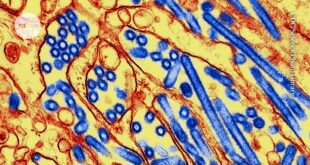Groundbreaking Study Identifies Biased Jury Selection using Data Science and AI Tools
Researchers from Cornell University have conducted a groundbreaking study that shows how data science and artificial intelligence (AI) tools can be used to identify biased jury selection. The researchers used natural language processing (NLP) tools to analyze jury selection transcripts and found quantifiable differences in how prosecutors questioned black and white jurors.
Examining Capital Cases in South Carolina
The study, published in the Journal of Empirical Legal Studies, examined transcripts from 17 capital cases in South Carolina. Over 26,000 questions asked to prospective jurors by judges, defense attorneys, and prosecutors were analyzed. The researchers looked at the number of questions, the topics covered, the complexity of the questions, and the language used.
Significant Differences in Prosecutors’ Approaches towards Black and White Jurors
The analysis revealed significant differences in the length, complexity, and tone of the questions asked by prosecutors to black jurors compared to white jurors. This indicates that prosecutors were likely attempting to influence the responses of potential African-American jurors. On the other hand, the questions posed by defense attorneys and judges did not show any racial disparities.
Exclusion of Black Individuals based on Stance on Death Penalty
The study also found evidence that prosecutors tried to exclude black individuals from serving on juries based on their stance on the death penalty. Black potential jurors were asked more explicit and graphic questions about execution methods compared to white jurors. In some cases, these potential jurors were ultimately excused from serving.
Identifying Violations of Batson v. Kentucky
The researchers were able to differentiate cases that violated Batson v. Kentucky, where a judge ruled that the prosecutor unlawfully excluded potential jurors based on their race, by examining the combined NLP analyses for each case.
Potential Applications and Future Research
This study demonstrates how NLP and AI tools can successfully identify biased jury selection. The researchers hope to see similar research conducted on larger datasets and a wider variety of case types. This technology could provide evidence for appeals cases and ensure more diverse juries during the jury selection process in real time.
 Mind Uncharted Explore. Discover. Learn.
Mind Uncharted Explore. Discover. Learn.


